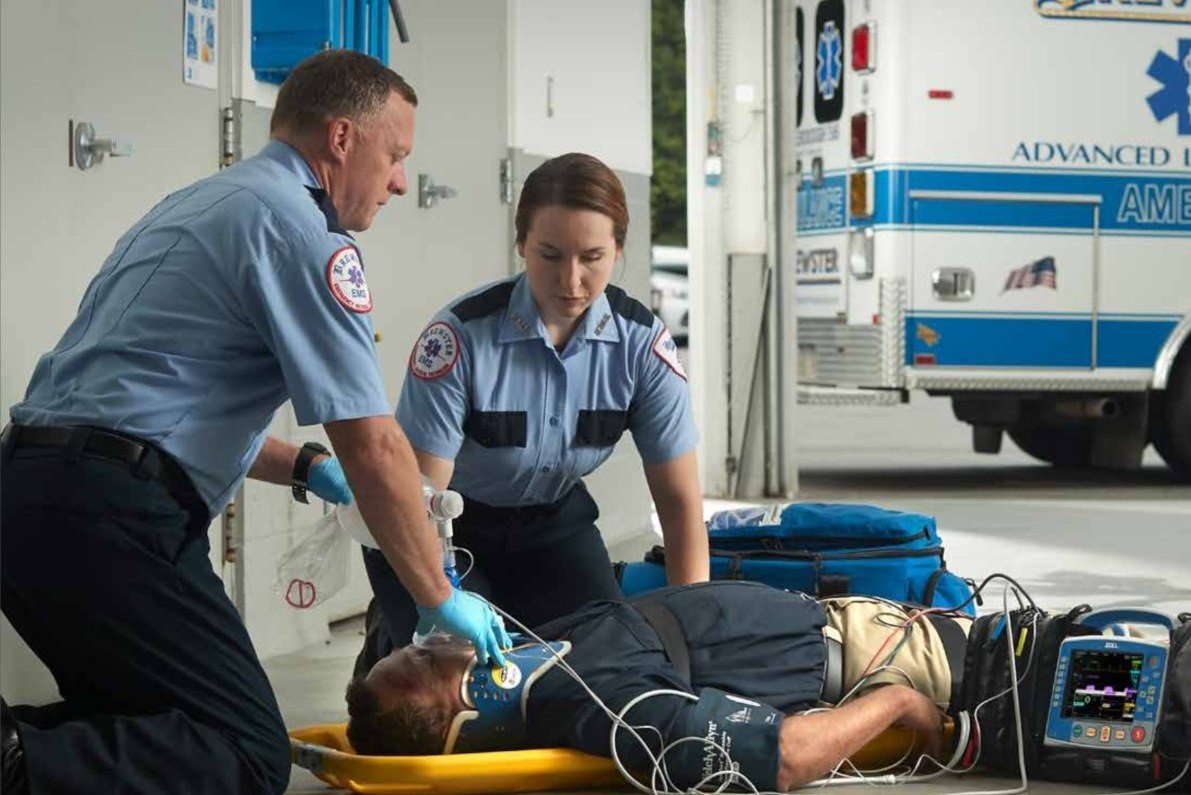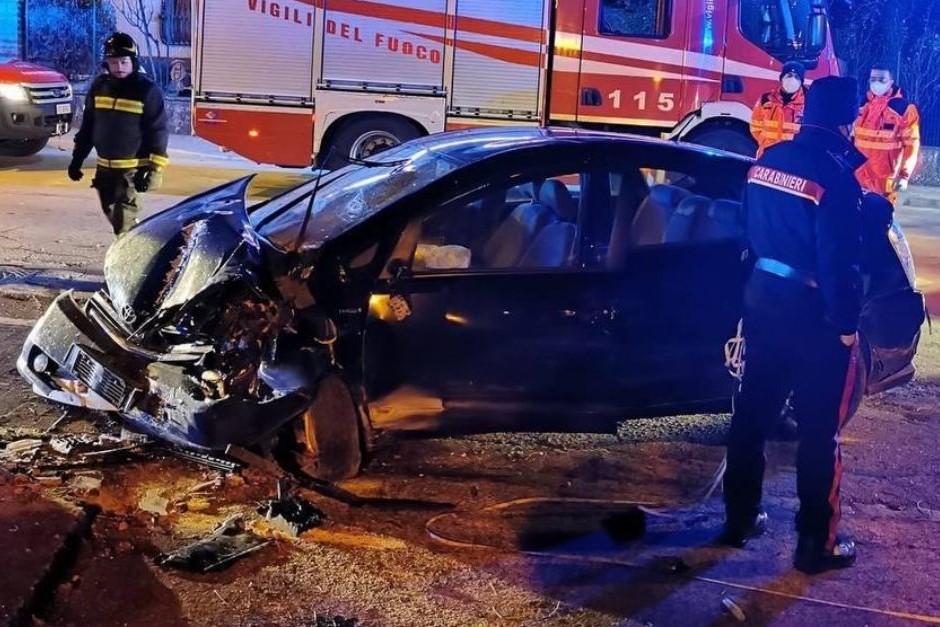
Airway management after a road accident: an overview
Airway management in a road accident scenario: knowing how to treat patients in these crisis situations and paying special attention to potential airway problems is essential to provide adequate care
Car accident intervention
When intervening at the scene of a road accident, three steps must be followed to ensure the safety of all involved.
1.) Assess the scene: Before approaching, assess the situation.
In this way, the course of action can be planned and the necessary precautions and equipment determined.
2.) Coordinate triage: One of the most common mistakes made at accident scenes is to treat patients on a first-come, first-served basis.
This often results in low-priority patients receiving treatment while the seriously injured are left unattended.
To combat this phenomenon, all staff must know and follow the triage system in place.
This ensures that the most critical patients receive treatment first and increases the likelihood of a positive outcome for everyone involved in the incident.
3.) Treating patients: People involved in road accidents can suffer traumatic injuries that make airway management difficult.
Some of the most serious are:
– spinal cord injuries
– traumatic brain injuries
– Chest injuries
Knowing how to properly manage the airway of patients who suffer these critical injuries is critical to providing effective care in the tense aftermath of an accident.
![]() Airway management of patients involved in road accidents
Airway management of patients involved in road accidents
Spinal cord injuries: patients who have suffered a spinal cord injury (SCI) due to a car accident must be immobilised to prevent further damage, and the jaw thrust manoeuvre, which is easier on the spine, must be used to open the airway.
Later, patients may need to be helped to open the airway with an oral airway instrument.
However, some SCI patients will need to be intubated.
Unfortunately, SCIs often result in large amounts of blood and vomiting, making intubation more difficult.
In these situations, the SALAD (Suction Assisted Laryngoscopy and Airway Decontamination) technique must be used to clear the airway and visualise the vocal cords during intubation.
Traumatic brain injury: Ensuring adequate oxygenation should be the first step for patients with traumatic brain injury (TBI), as this preserves tissues, reduces swelling and helps defend against secondary injuries.
Immobilisation should also be considered to stabilise patients with TBI and prevent further injury.
Patients with TBI are prone to aspiration or hypoxia, as they may not be able to protect their airways from blood, secretions or vomiting.
In these situations, use a portable suction unit and catheter to clear the airway and perform SALAD if intubation is required.
Chest injuries: The most common chest injuries sustained in a road traffic accident are fractured sternum and flexion of the chest.
If these injuries are present, the patient must be oxygenated and immobilised to prevent further injury.
If a patient with these injuries is in respiratory distress, positive pressure ventilation with a bag-valve mask is necessary to reduce the risk of hypoxia. In addition, endotracheal intubation may be required if the patient goes into respiratory failure.
As in all cases requiring airway management, reliable suctioning is likely to be required, especially if the chest trauma causes injury to the lungs.
This scenario may also lead the patient to aspirate blood, which requires rapid and constant suctioning.
Read Also:
Emergency Live Even More…Live: Download The New Free App Of Your Newspaper For IOS And Android
Cervical Collars : 1-Piece Or 2-Piece Device?
Cervical Collar In Trauma Patients In Emergency Medicine: When To Use It, Why It Is Important
KED Extrication Device For Trauma Extraction: What It Is And How To Use It
UK / Emergency Room, Paediatric Intubation: The Procedure With A Child In Serious Condition
Endotracheal Intubation In Paediatric Patients: Devices For The Supraglottic Airways
Sedation And Analgesia: Drugs To Facilitate Intubation
Anxiolytics And Sedatives: Role, Function And Management With Intubation And Mechanical Ventilation
New England Journal Of Medicine: Successful Intubations With High-Flow Nasal Therapy In Newborns
Intubation: Risks, Anaesthesia, Resuscitation, Throat Pain



